Home>Technology>Smart Home Devices>What Is A Wireless Printer Mean
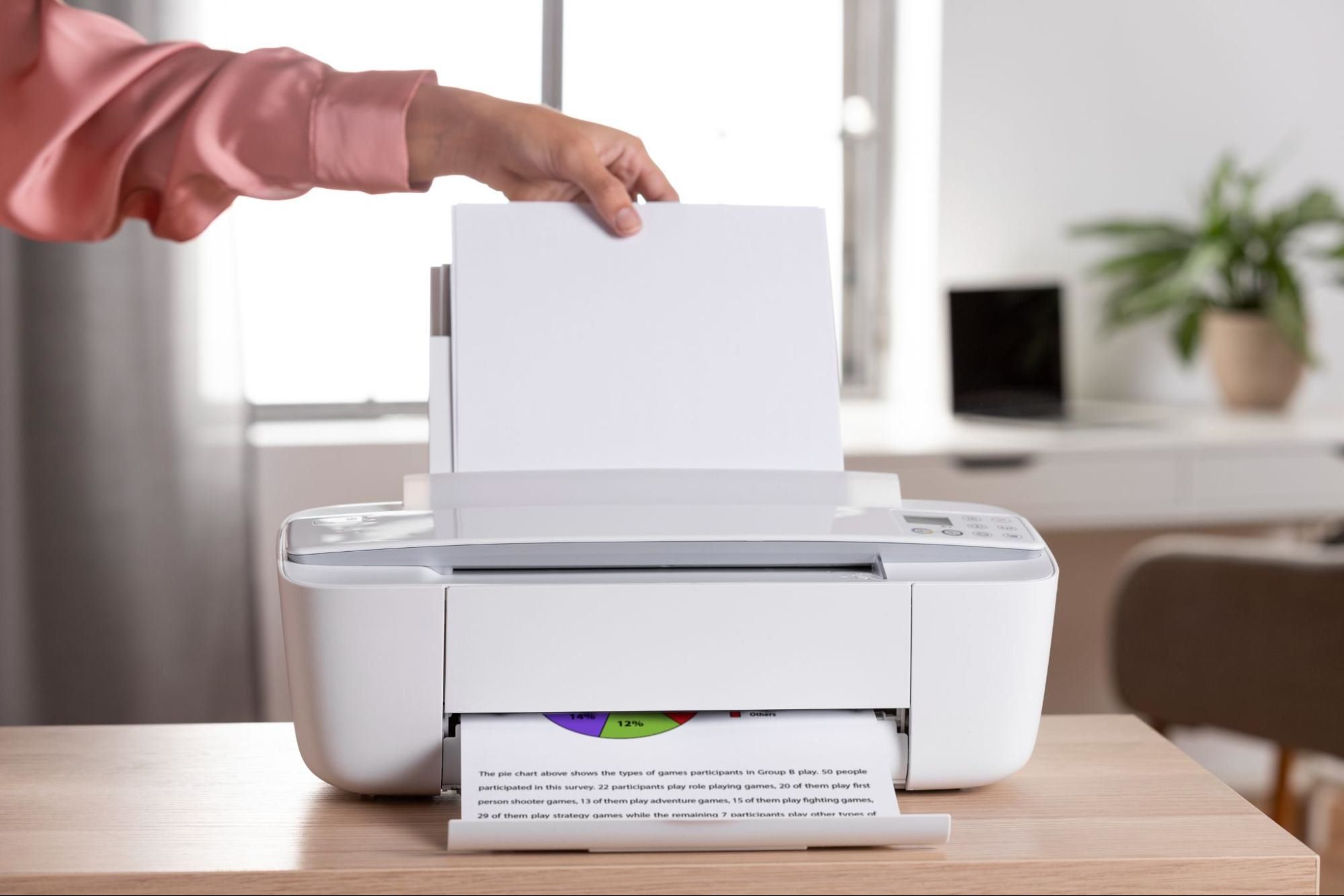

Smart Home Devices
What Is A Wireless Printer Mean
Modified: August 28, 2024
Discover the convenience of a wireless printer and its seamless integration with smart home devices. Streamline your printing experience with wireless connectivity.
(Many of the links in this article redirect to a specific reviewed product. Your purchase of these products through affiliate links helps to generate commission for Storables.com, at no extra cost. Learn more)
**
Introduction
**
Welcome to the era of wireless technology, where convenience and efficiency reign supreme. In today's digital age, the concept of a wireless printer has revolutionized the way we interact with our devices and manage our printing needs. Gone are the days of being tethered to a specific location by cumbersome cords and cables. Instead, the freedom and flexibility offered by wireless printers have transformed the printing experience, making it more seamless and user-friendly than ever before.
In this comprehensive guide, we will delve into the intricacies of wireless printers, exploring their definition, functionality, benefits, types, setup process, and troubleshooting techniques. Whether you're a tech enthusiast, a small business owner, or a casual user seeking to streamline your printing tasks, this article will equip you with the knowledge and insights needed to harness the power of wireless printing technology.
So, let's embark on this enlightening journey to unravel the wonders of wireless printers and discover how they can enhance your printing experience while simplifying your daily routines.
**
Key Takeaways:
- Wireless printers offer freedom and convenience by connecting to devices without cables. They enable printing from anywhere within the network, making the process seamless and user-friendly.
- Setting up a wireless printer is straightforward and allows for hassle-free printing from various devices. Troubleshooting common issues ensures consistent and reliable printing experiences.
Read more: What Does Printer Idle Mean
Definition of Wireless Printer
**
At its core, a wireless printer is a device that can seamlessly connect to a computer, smartphone, or tablet without the need for physical cables or direct wired connections. Unlike traditional printers that rely on USB or Ethernet connections, wireless printers utilize wireless networks, such as Wi-Fi or Bluetooth, to establish a connection with various devices, enabling users to print from virtually anywhere within the network’s range.
Wireless printers come equipped with built-in network adapters, allowing them to communicate with connected devices through wireless signals. This wireless functionality eliminates the constraints imposed by physical connectivity, offering unparalleled convenience and flexibility in printing tasks.
Moreover, wireless printers often support a multitude of printing options, including document printing, photo printing, and even direct printing from mobile devices through specialized apps. This versatility makes wireless printers an indispensable tool for individuals and businesses seeking efficient and adaptable printing solutions.
By embracing wireless printing technology, users can bid farewell to the limitations of traditional wired setups, ushering in a new era of convenience, accessibility, and seamless connectivity in the realm of printing.
**
How Does a Wireless Printer Work?
**
Wireless printers operate by leveraging wireless communication protocols to establish connections with compatible devices. The fundamental components that enable the functionality of a wireless printer include built-in Wi-Fi or Bluetooth capabilities, network connectivity options, and intuitive software interfaces.
When a user initiates a print command from a computer, smartphone, or tablet, the wireless printer utilizes its integrated wireless network adapter to detect and establish a connection with the source device. This connection is facilitated through the local Wi-Fi network or Bluetooth pairing, depending on the printer’s supported connectivity options.
Once the wireless connection is established, the printer receives the print job data from the source device and processes it accordingly. The printer then translates the digital data into a format that can be reproduced on paper, initiating the printing process to produce the desired output.
Wireless printers often offer seamless integration with various devices, allowing users to print from laptops, desktop computers, smartphones, and tablets without the need for physical connections. Additionally, many wireless printers support cloud printing, enabling users to send print jobs directly from cloud storage services or email accounts, further enhancing the convenience and accessibility of wireless printing.
By harnessing the power of wireless technology, these printers empower users to execute printing tasks with unparalleled ease and flexibility, eliminating the constraints associated with traditional wired setups and enhancing the overall printing experience.
**
Benefits of Using a Wireless Printer
**
Embracing a wireless printer offers a myriad of advantages that cater to the modern user’s needs for convenience, flexibility, and seamless connectivity. Let’s explore the compelling benefits that accompany the utilization of wireless printers:
- Enhanced Mobility: With a wireless printer, users can print from any location within the network’s range, eliminating the need to be physically tethered to the printer. This freedom of mobility enables users to initiate print jobs from various devices, whether they are in the same room or a different area of the premises.
- Convenient Multi-Device Support: Wireless printers facilitate printing from a diverse range of devices, including laptops, desktop computers, smartphones, and tablets. This versatility ensures seamless printing experiences across different platforms, catering to the diverse technological landscape of modern users.
- Streamlined Setup and Configuration: Setting up a wireless printer is generally more straightforward than configuring traditional wired printers. Users can easily connect their devices to the printer without the hassle of managing intricate cables and physical connections, simplifying the installation process.
- Cloud Printing Capabilities: Many wireless printers support cloud printing, enabling users to send print jobs directly from cloud storage platforms or email accounts. This feature enhances accessibility and enables printing from virtually anywhere with an internet connection.
- Space-Saving Design: Wireless printers contribute to a clutter-free workspace by eliminating the need for extensive cable management. This space-saving design is particularly advantageous for home offices and small business environments where optimizing space is a priority.
- Remote Printing: Wireless printers empower users to initiate print jobs from remote locations, provided that the printer is connected to a network accessible over the internet. This functionality is invaluable for individuals who require the flexibility to print documents while away from the physical printer.
By harnessing these benefits, wireless printers offer a seamless and user-centric printing experience, aligning with the modern user’s preference for convenience, accessibility, and efficient workflow management.
**
A wireless printer is a printer that can connect to your computer or mobile device through a wireless network, allowing you to print from anywhere within range. This can be convenient for homes or offices with multiple devices.
Types of Wireless Printers
**
Wireless printers come in various forms, each tailored to specific user needs and preferences. The following are the primary types of wireless printers available in the market:
-
Wi-Fi Printers:
Wi-Fi printers connect to a wireless network, allowing multiple devices within the network to send print jobs to the printer. These printers are versatile and suitable for both home and office environments, offering seamless connectivity and multi-device support. -
Bluetooth Printers:
Bluetooth printers establish direct connections with compatible devices via Bluetooth technology. They are ideal for users who prioritize simplicity and direct connectivity, enabling convenient printing from smartphones, tablets, and other Bluetooth-enabled devices. -
All-in-One Printers:
All-in-one wireless printers integrate additional functionalities such as scanning, copying, and faxing alongside printing capabilities. These versatile devices cater to diverse office needs, consolidating multiple tasks into a single, space-saving unit. -
Photo Printers:
Wireless photo printers specialize in producing high-quality photo prints from digital devices. Equipped with advanced photo printing technologies, these printers offer exceptional color accuracy and detail, making them ideal for photography enthusiasts and professionals. -
Mobile Printers:
Designed for on-the-go printing, mobile wireless printers are compact, lightweight, and often battery-powered, enabling users to print documents and photos directly from mobile devices while away from traditional office setups. -
Cloud-Enabled Printers:
Cloud-enabled wireless printers seamlessly integrate with cloud storage services and email platforms, allowing users to initiate print jobs from cloud-hosted documents and email attachments. This feature enhances accessibility and streamlines the printing process for users who rely on cloud-based workflows.
By understanding the distinct features and capabilities of these wireless printer types, users can make informed decisions when selecting a printer that aligns with their specific printing requirements and usage scenarios.
**
Read more: What Does Printer Spooling Mean
Setting Up a Wireless Printer
**
Setting up a wireless printer involves a series of straightforward steps that enable users to establish seamless connectivity and begin printing from their devices. Here’s a concise guide to setting up a wireless printer:
-
Choose a Suitable Location:
Select a strategic location for the wireless printer within the range of the Wi-Fi network. Ensure that the printer is placed in a well-ventilated area and is easily accessible for maintenance and paper replenishment. -
Power On and Install Ink/Toner:
Power on the wireless printer and install the ink cartridges or toner supplies according to the manufacturer’s instructions. This step ensures that the printer is ready to produce high-quality prints once the setup is complete. -
Connect to Wi-Fi Network:
Access the printer’s control panel or display interface to initiate the Wi-Fi setup process. Follow the on-screen prompts to locate and connect the printer to the desired Wi-Fi network, entering the network credentials as required. -
Install Printer Software:
Download and install the printer’s software and drivers on the devices from which printing will be initiated. Most wireless printers include a setup CD or offer downloadable software from the manufacturer’s website to facilitate this process. -
Complete Device Setup:
After installing the printer software, follow the on-screen instructions to complete the setup process on each device. This typically involves selecting the wireless printer from the list of available devices and finalizing the installation. -
Test Printing:
Once the setup is complete, perform a test print from each device to verify that the wireless printer is successfully connected and operational. Address any issues that may arise during the test to ensure optimal printing performance.
By following these steps, users can seamlessly configure their wireless printers, enabling hassle-free printing from a diverse range of devices while enjoying the benefits of wireless connectivity and mobility.
**
Troubleshooting Common Issues with Wireless Printers
**
While wireless printers offer unparalleled convenience, users may encounter occasional challenges that hinder seamless printing experiences. By familiarizing themselves with common troubleshooting techniques, users can swiftly address issues and restore optimal functionality to their wireless printers. Here are some prevalent issues and their corresponding troubleshooting measures:
-
Intermittent Connectivity:
If the wireless printer intermittently loses connection with devices, ensure that the printer is within the Wi-Fi network’s range and that there are no obstructions hindering the wireless signal. Additionally, consider relocating the printer to a more centralized position to enhance connectivity. -
Print Job Queues:
In cases where print jobs remain queued and do not initiate, verify that the printer’s status is set to online and that there are no paper jams or low ink/toner levels. Clearing the print queue and restarting the printer may resolve this issue. -
Driver Compatibility:
If devices encounter difficulties communicating with the wireless printer, ensure that the printer’s drivers are up to date and compatible with the operating systems of the connected devices. Updating the printer’s software and drivers can often resolve compatibility issues. -
Network Configuration:
Should the wireless printer fail to connect to the Wi-Fi network, double-check the entered network credentials and consider restarting the printer and the Wi-Fi router. Verifying the network settings and reconfiguring the printer’s Wi-Fi connection may rectify connectivity issues. -
Print Quality Concerns:
When encountering print quality issues, such as faded prints or streaks, perform maintenance tasks such as cleaning the print heads, aligning the cartridges, and ensuring the use of high-quality paper and ink/toner supplies. Adjusting print settings and performing maintenance routines can enhance print quality.
By addressing these common issues through proactive troubleshooting, users can optimize the performance of their wireless printers, ensuring consistent and reliable printing experiences across their connected devices.
**
Conclusion
**
As we conclude our exploration of wireless printers, it is evident that these innovative devices have redefined the printing landscape, offering unparalleled convenience, flexibility, and seamless connectivity. By embracing wireless printing technology, users can liberate themselves from the constraints of traditional wired setups, empowering them to print from a diverse range of devices while enjoying enhanced mobility and streamlined workflows.
The benefits of wireless printers, including enhanced mobility, multi-device support, cloud printing capabilities, and space-saving designs, cater to the evolving needs of modern users seeking efficient and user-centric printing solutions. Furthermore, the diverse types of wireless printers available, such as Wi-Fi printers, Bluetooth printers, all-in-one printers, and photo printers, cater to a broad spectrum of user requirements, ensuring that there is a suitable option for every printing scenario.
Setting up a wireless printer is a straightforward process that culminates in seamless connectivity and hassle-free printing experiences. By following the recommended setup steps, users can effortlessly configure their wireless printers and begin printing from their devices with ease.
While occasional challenges may arise, familiarizing oneself with common troubleshooting techniques equips users with the knowledge to swiftly address issues and restore optimal functionality to their wireless printers. By proactively troubleshooting issues such as intermittent connectivity, print job queues, driver compatibility, network configuration, and print quality concerns, users can maintain consistent and reliable printing performance.
In essence, wireless printers represent a significant leap forward in printing technology, aligning with the modern user’s preference for convenience, accessibility, and efficient workflow management. By harnessing the power of wireless printing, users can elevate their printing experiences, streamline their daily tasks, and embrace a future where printing is seamlessly integrated into their digital lifestyles.
So, whether you’re a home user seeking to print from your smartphone, a small business owner aiming to optimize office workflows, or a creative professional producing high-quality prints, the adoption of wireless printers promises to revolutionize the way you approach printing, offering a world of possibilities at your fingertips.
Frequently Asked Questions about What Is A Wireless Printer Mean
Was this page helpful?
At Storables.com, we guarantee accurate and reliable information. Our content, validated by Expert Board Contributors, is crafted following stringent Editorial Policies. We're committed to providing you with well-researched, expert-backed insights for all your informational needs.
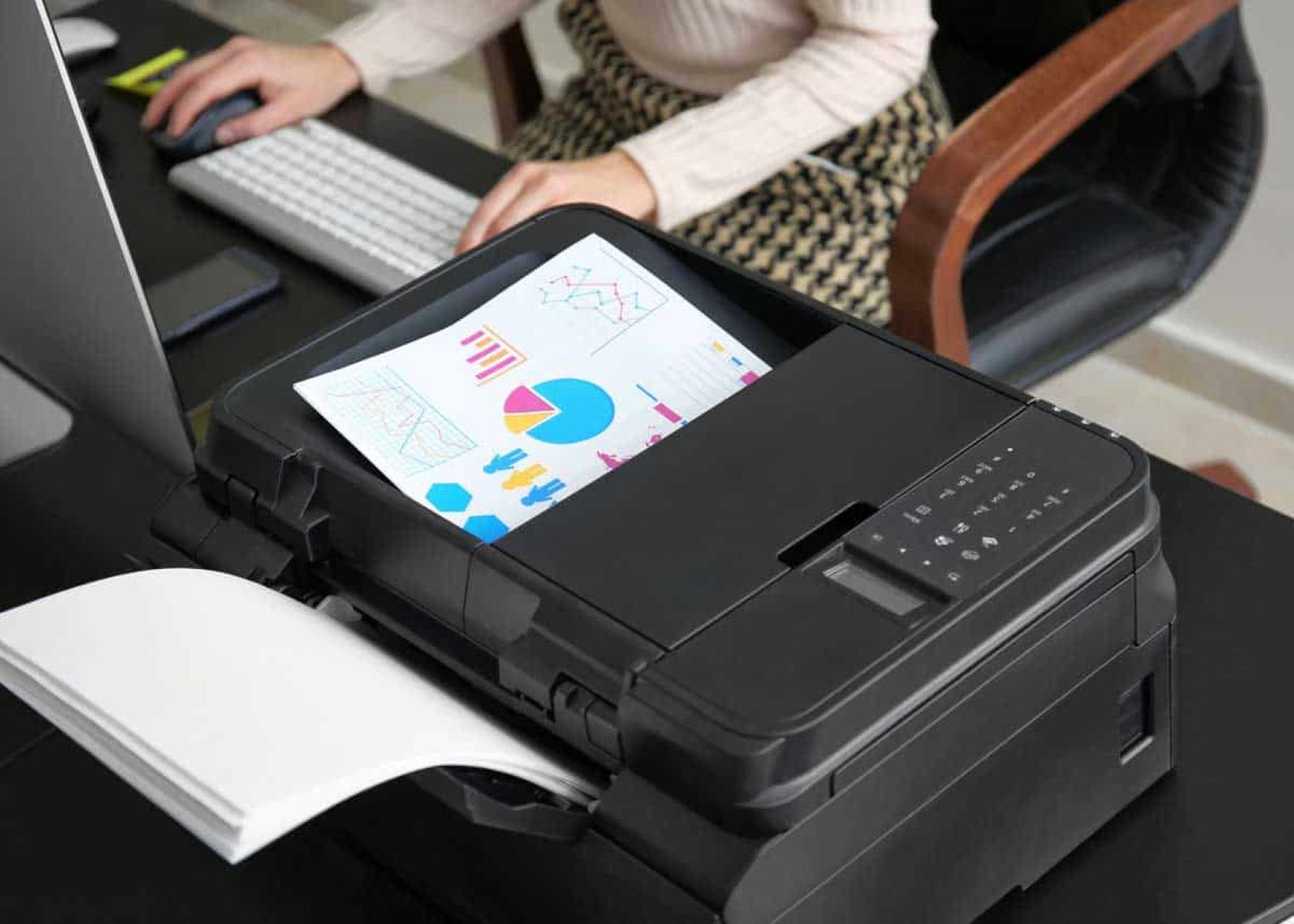
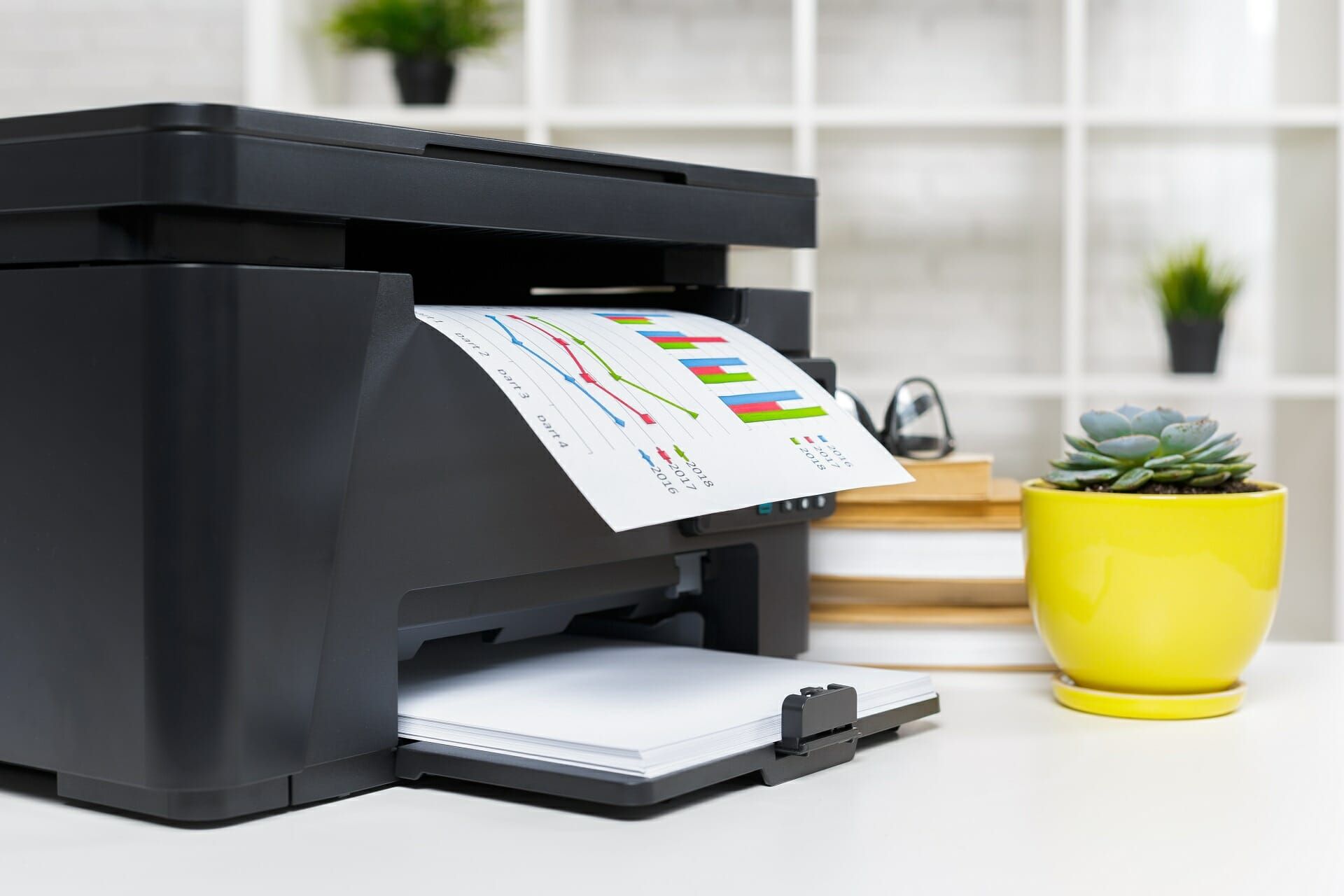
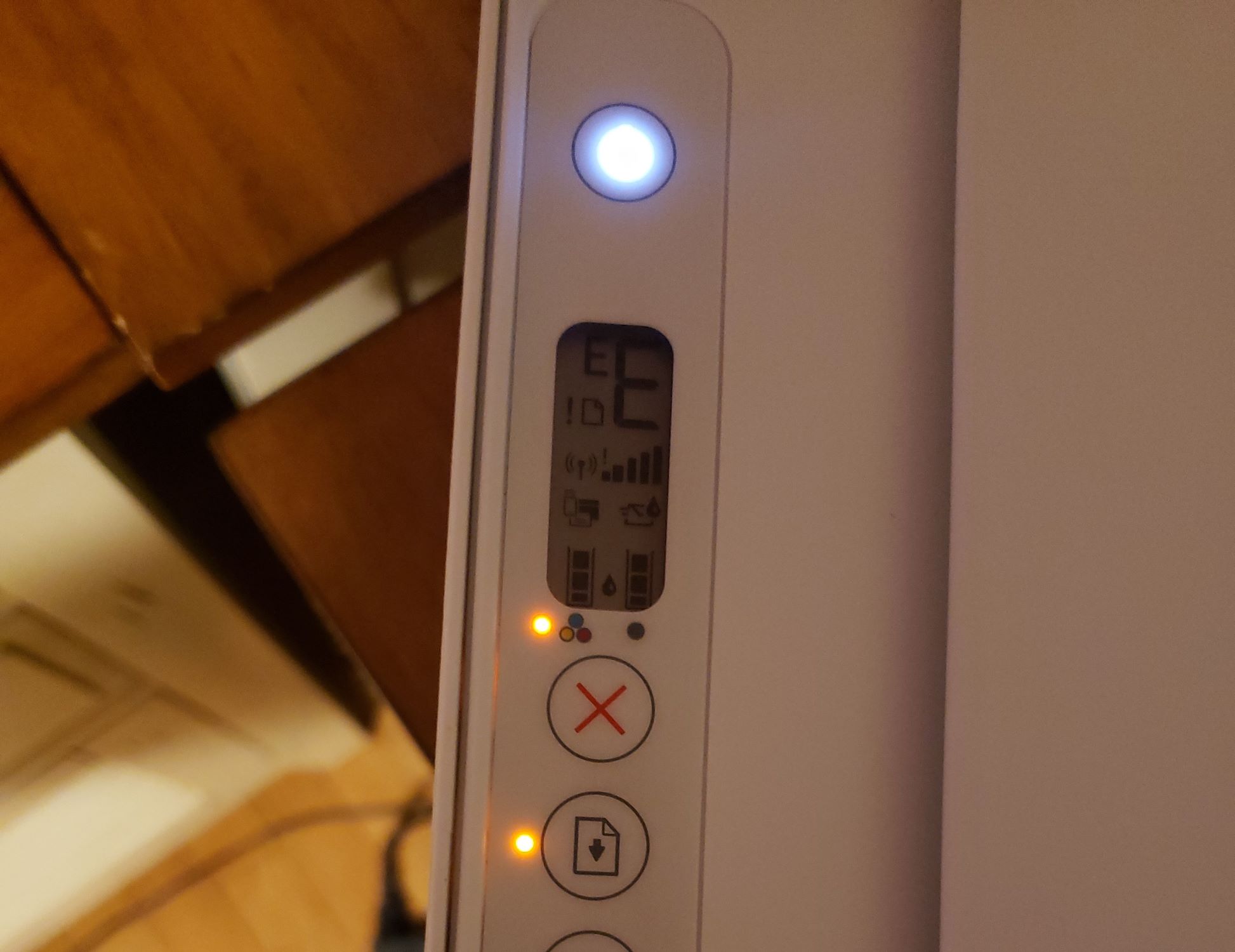
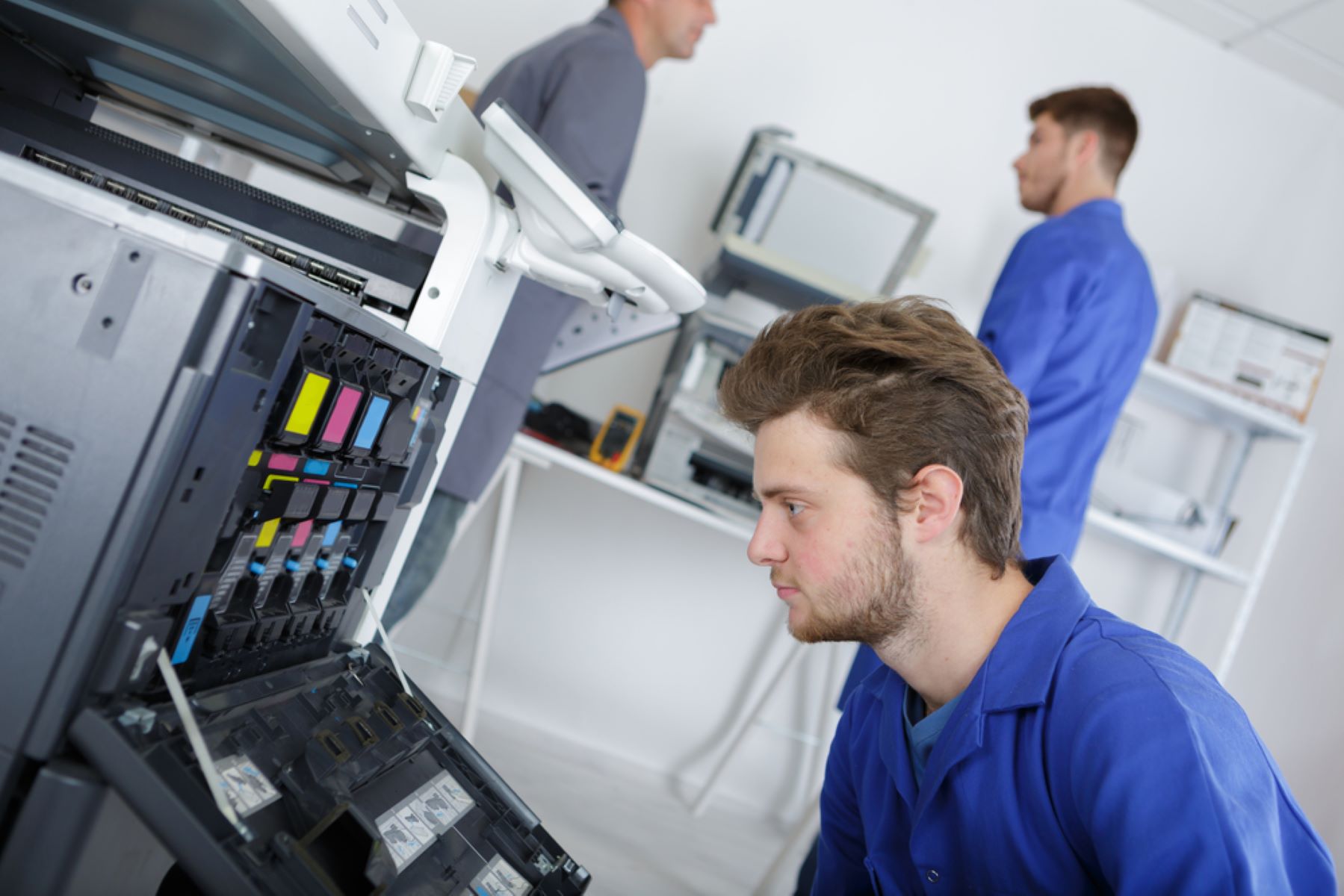
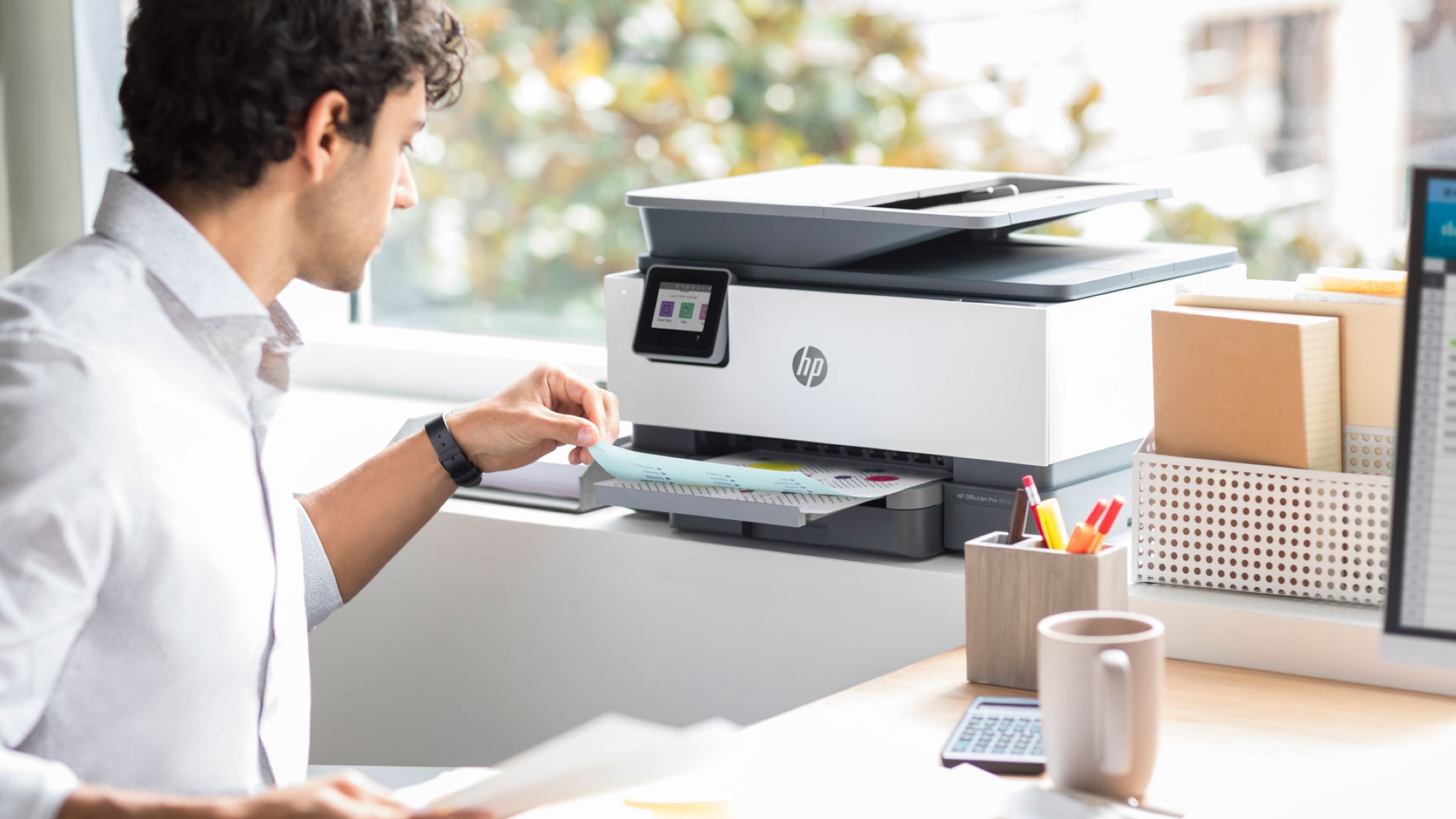
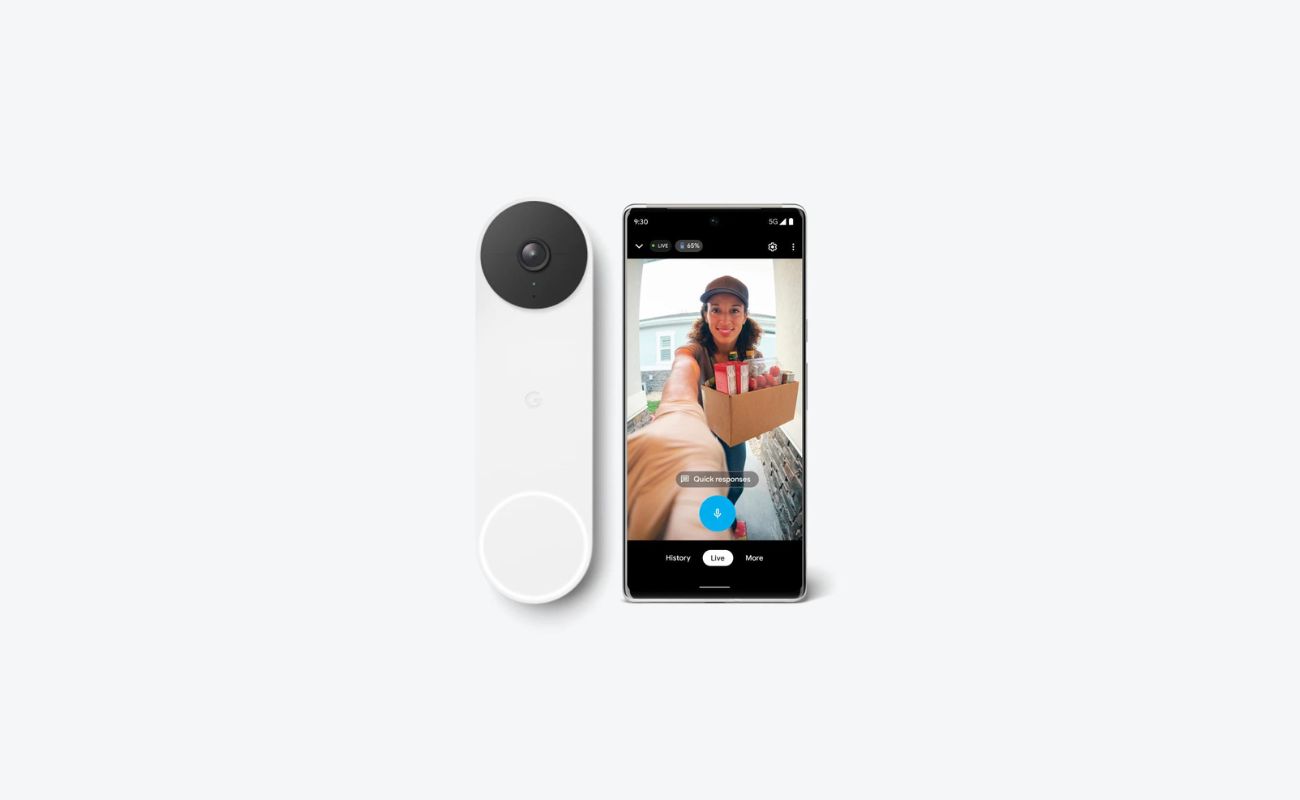
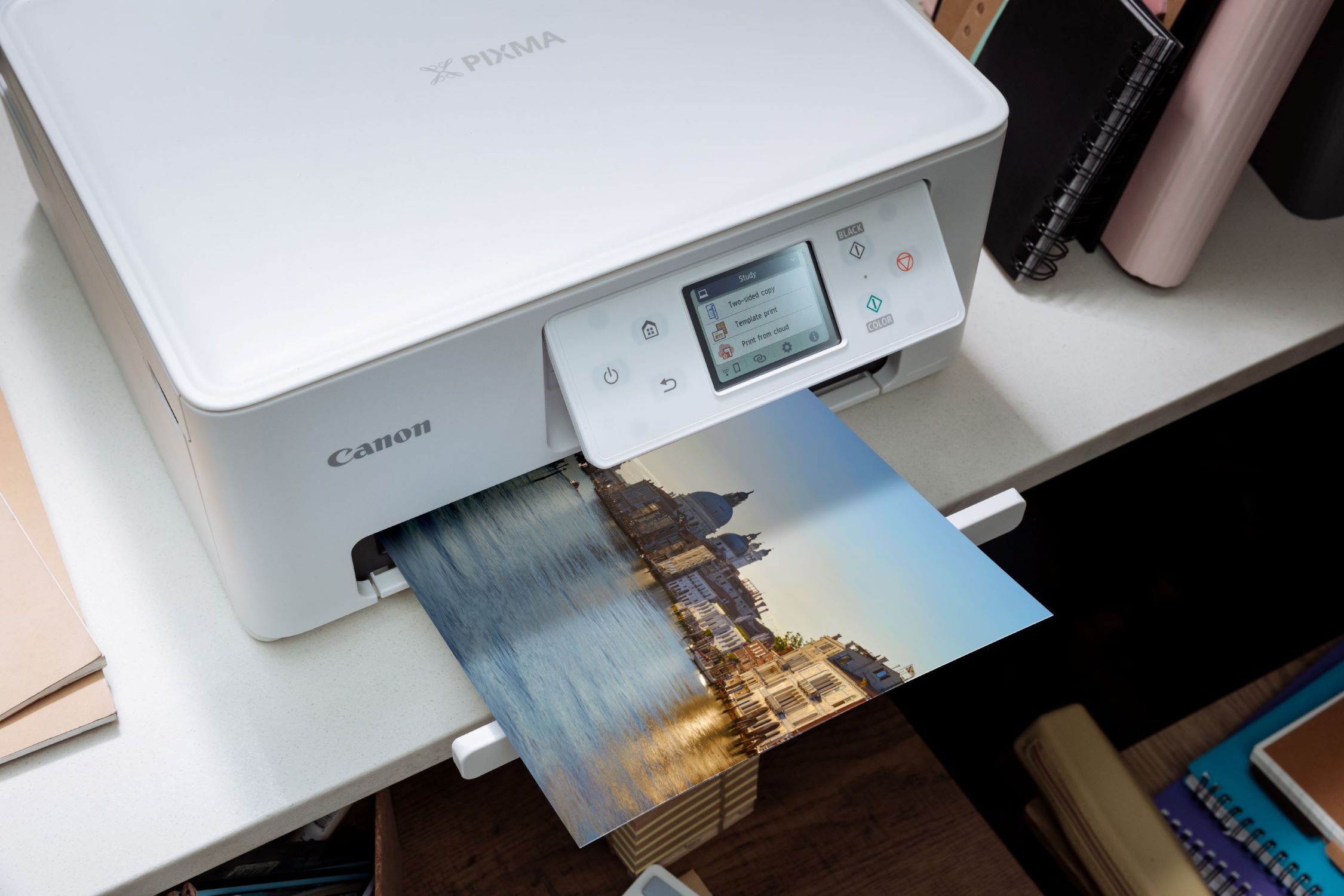
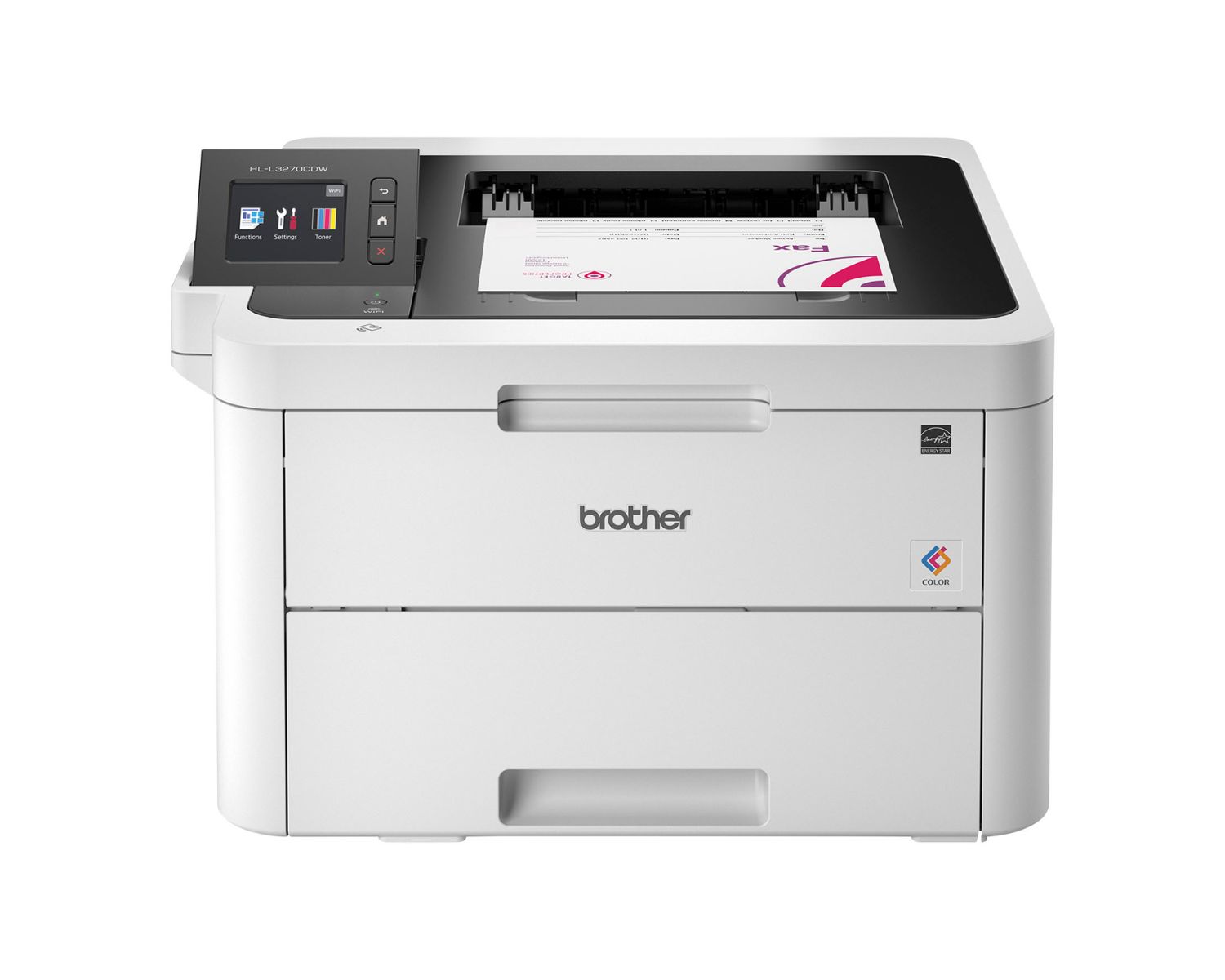
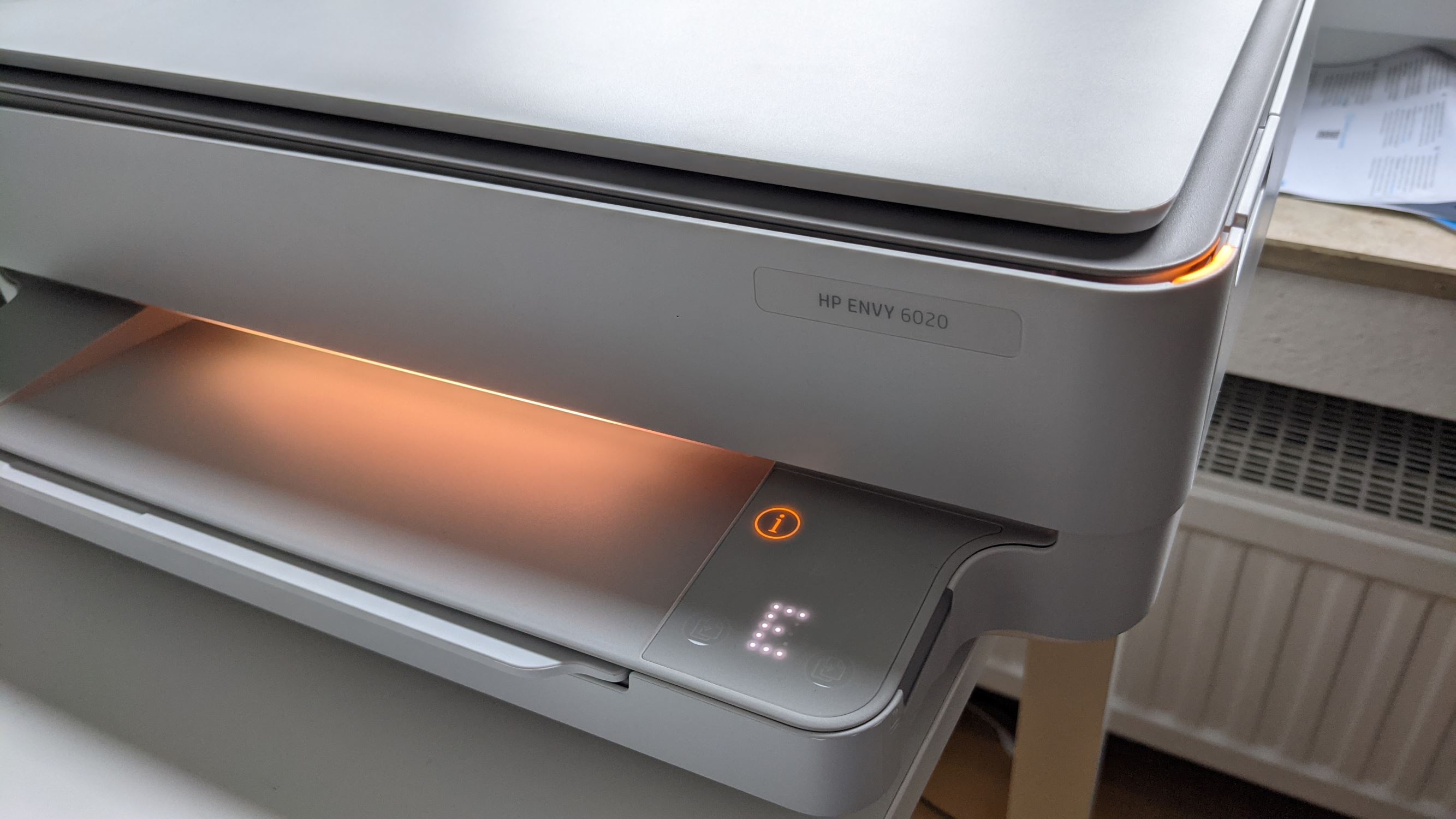

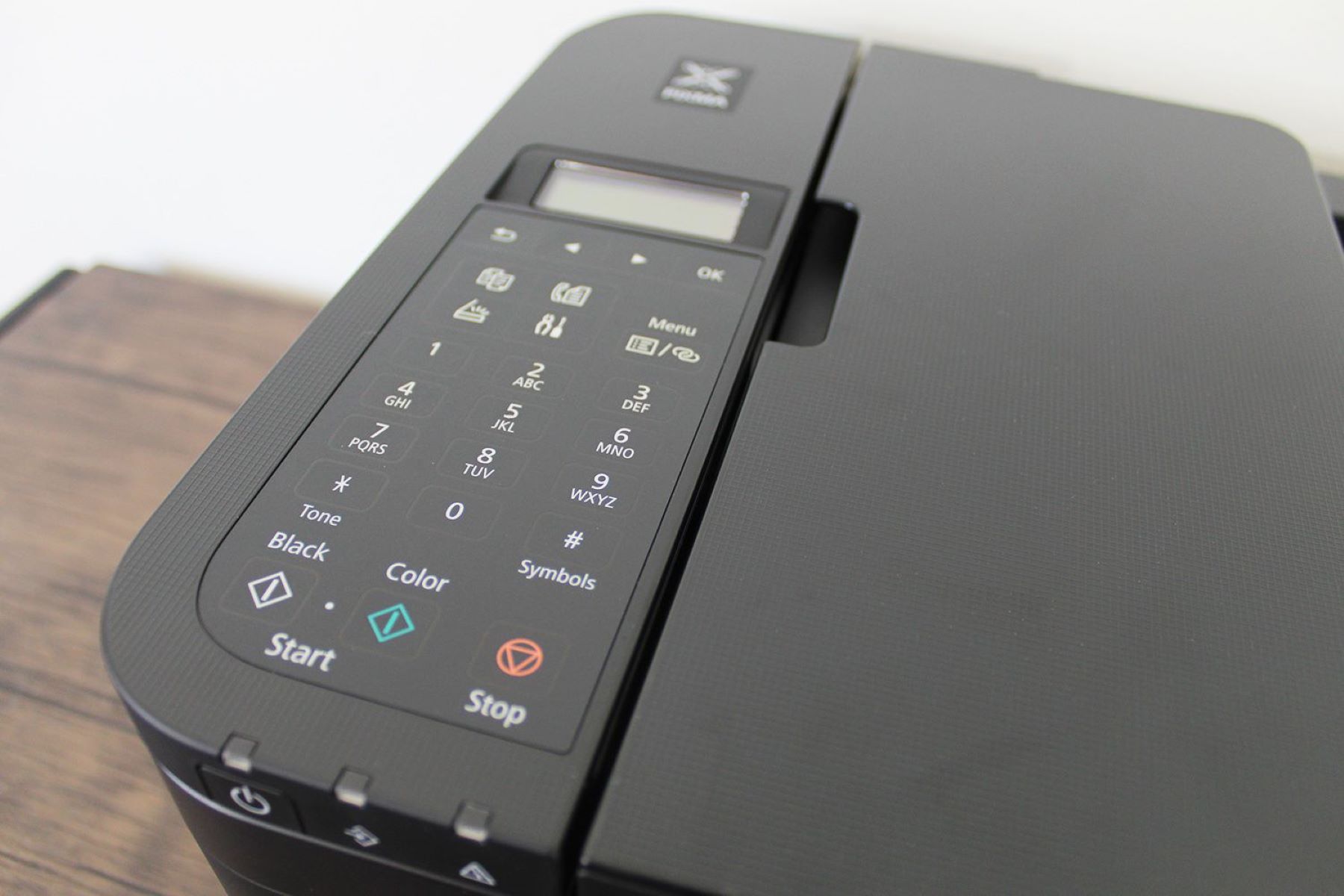
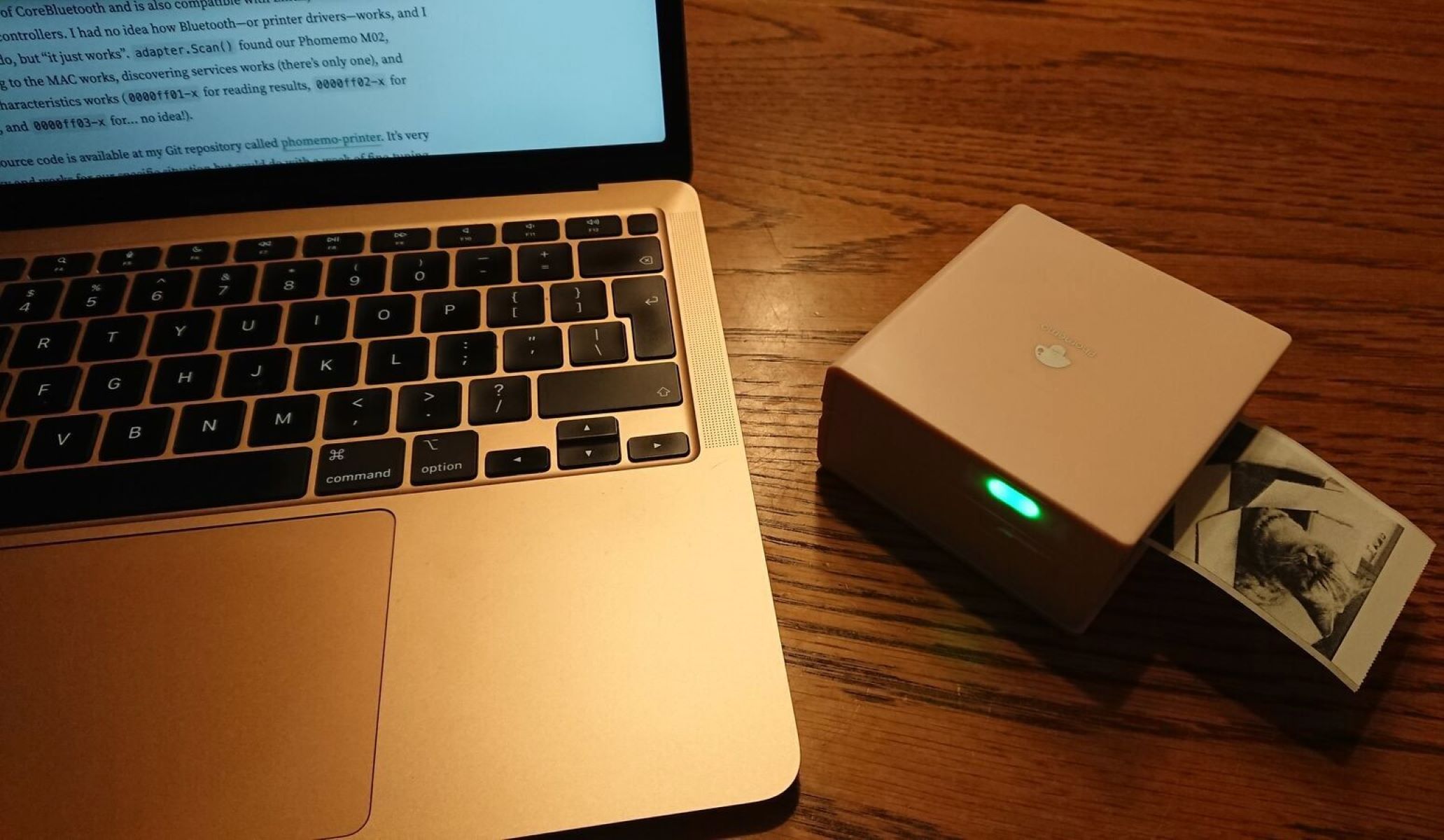
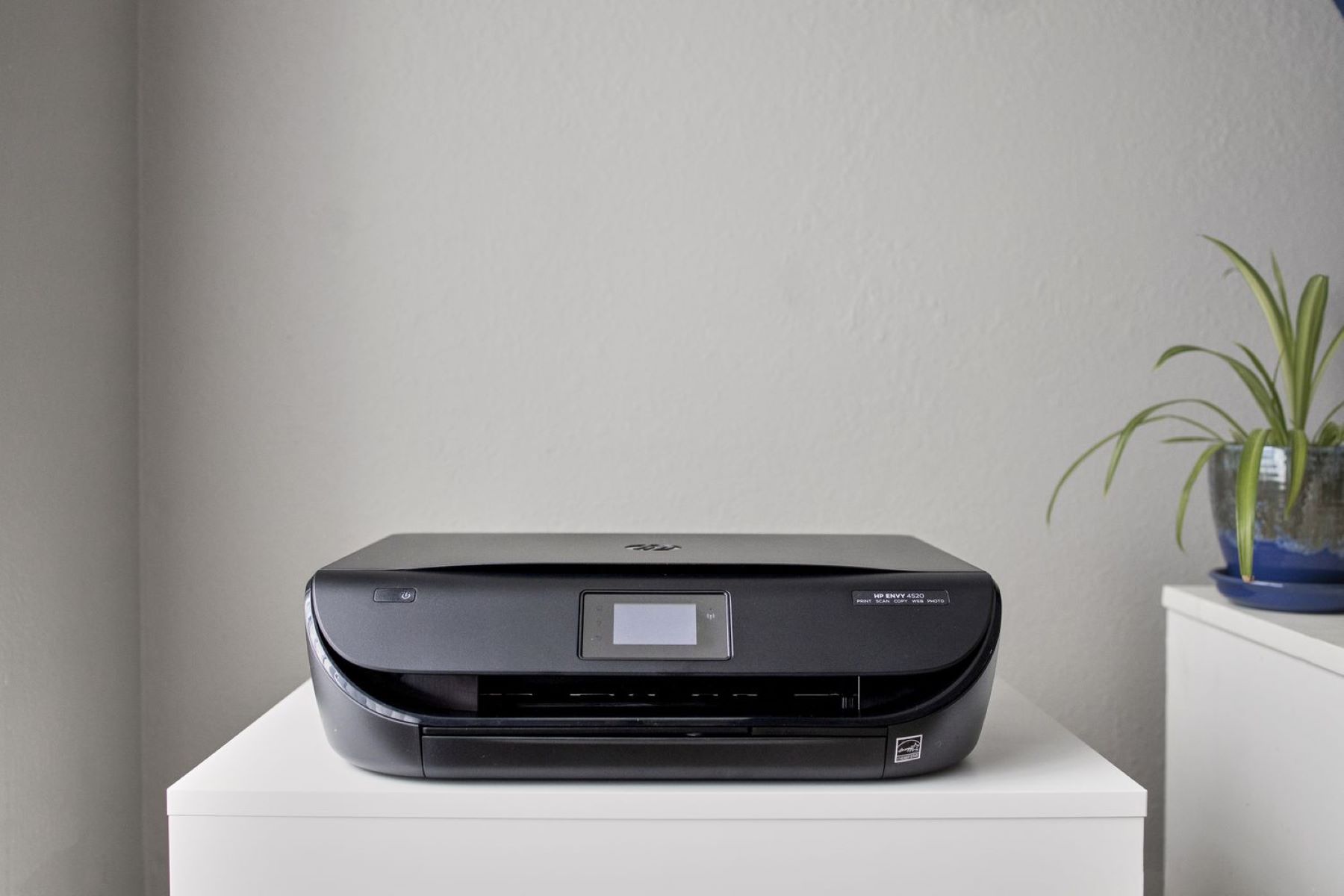
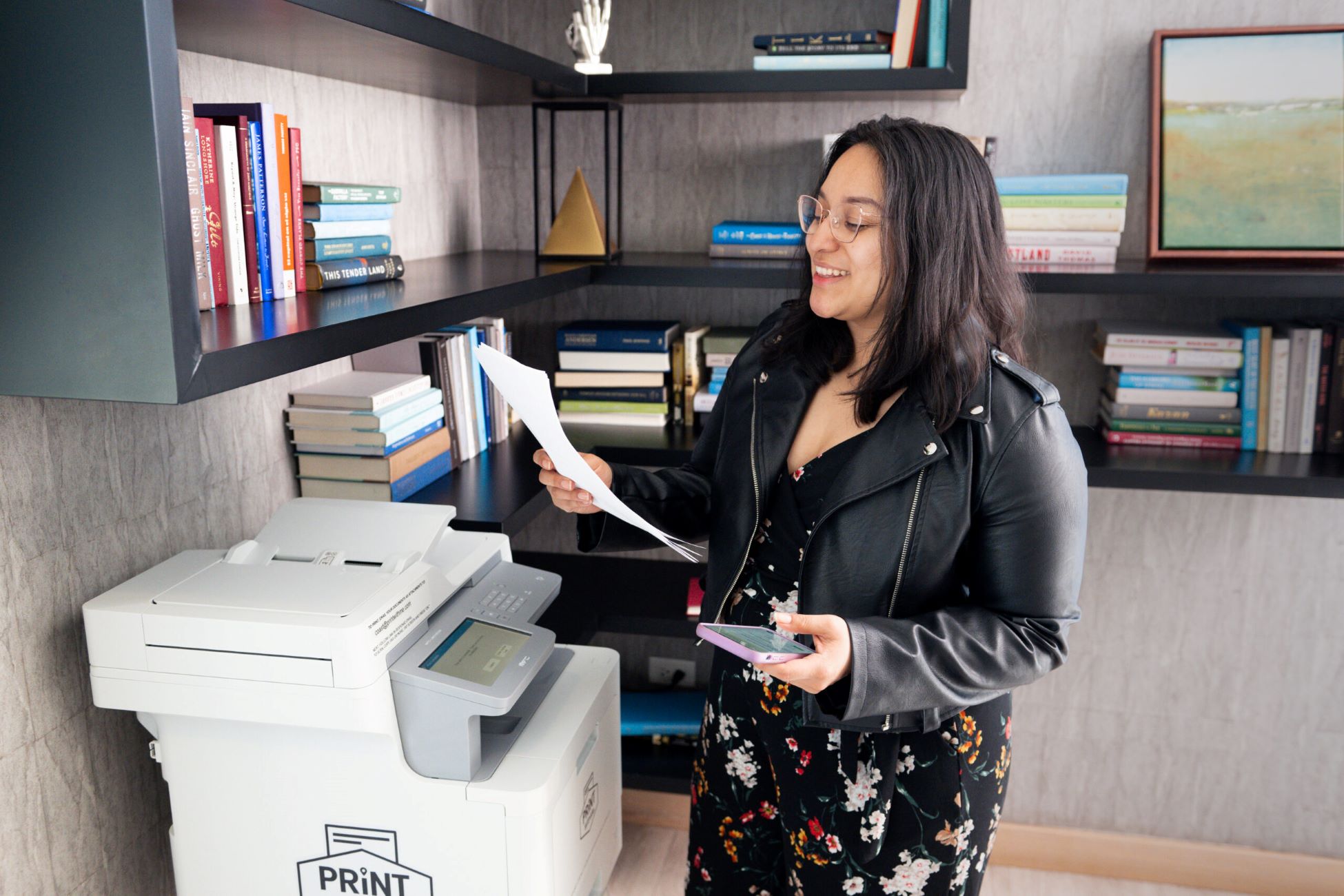

0 thoughts on “What Is A Wireless Printer Mean”